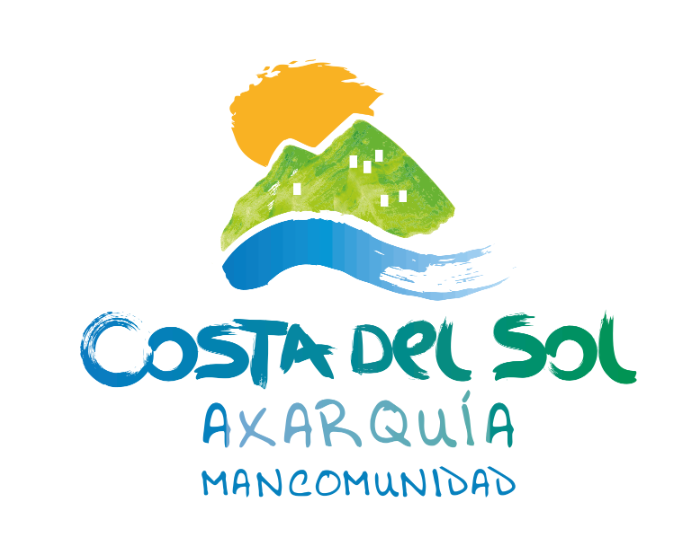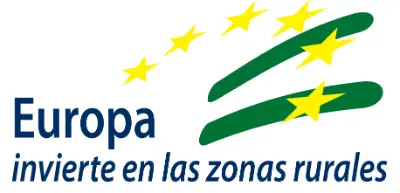The Ingenio Alto de Torrox was the oldest, operating first for Moors and then for Christians. During the rebellion of 1569 it was burnt down and left in ruins. It was rebuilt in the 17th century by Juan Triviño and operated until the mid-19th century.
The Ingenio Bajo, later known as Ingenio de San Rafael, was started by the Melilla family but stopped by the rebellion. Bernardino de la Reina obtained part of the land and Pedro de la Barreda finished it. In 1854, Francisco Javier de León Bendicho sold the mill to Martín Larios Herrero, who kept it in operation until 1945, producing 22,000 quintals of sugar a year. This sugar mill underwent an attempt at industrialisation in 1764 when Miguel de Gijón introduced a cast iron machine brought from London.
The third sugar mill, the Ingenio de San Javier, came into being in 1815 but its construction was delayed by a decade, which seriously affected its viability. By 1845 it was already in disuse. It is notable for its aqueduct and a large brick arch in its main nave.
Nowadays, the Ingenio Alto has disappeared, leaving only the remains of its wall in Almedina street. The Ingenio de San Rafael is located in Calle Rabitilla, next to the IES Jorge Guillén, and the Ingenio de San Javier is in the area of the canalón in Torrox Costa, near the first roundabout of the Peñoncillo.

